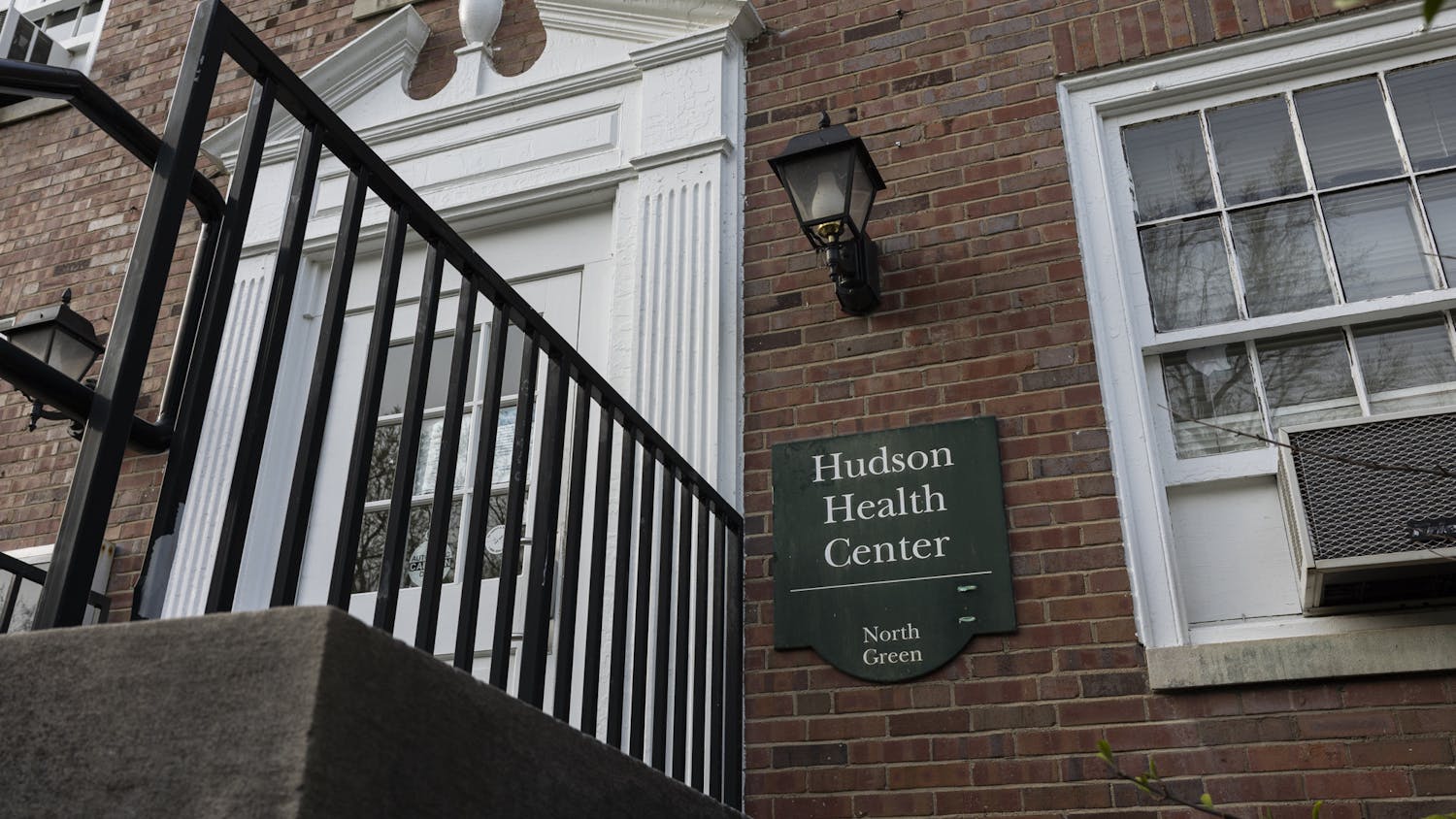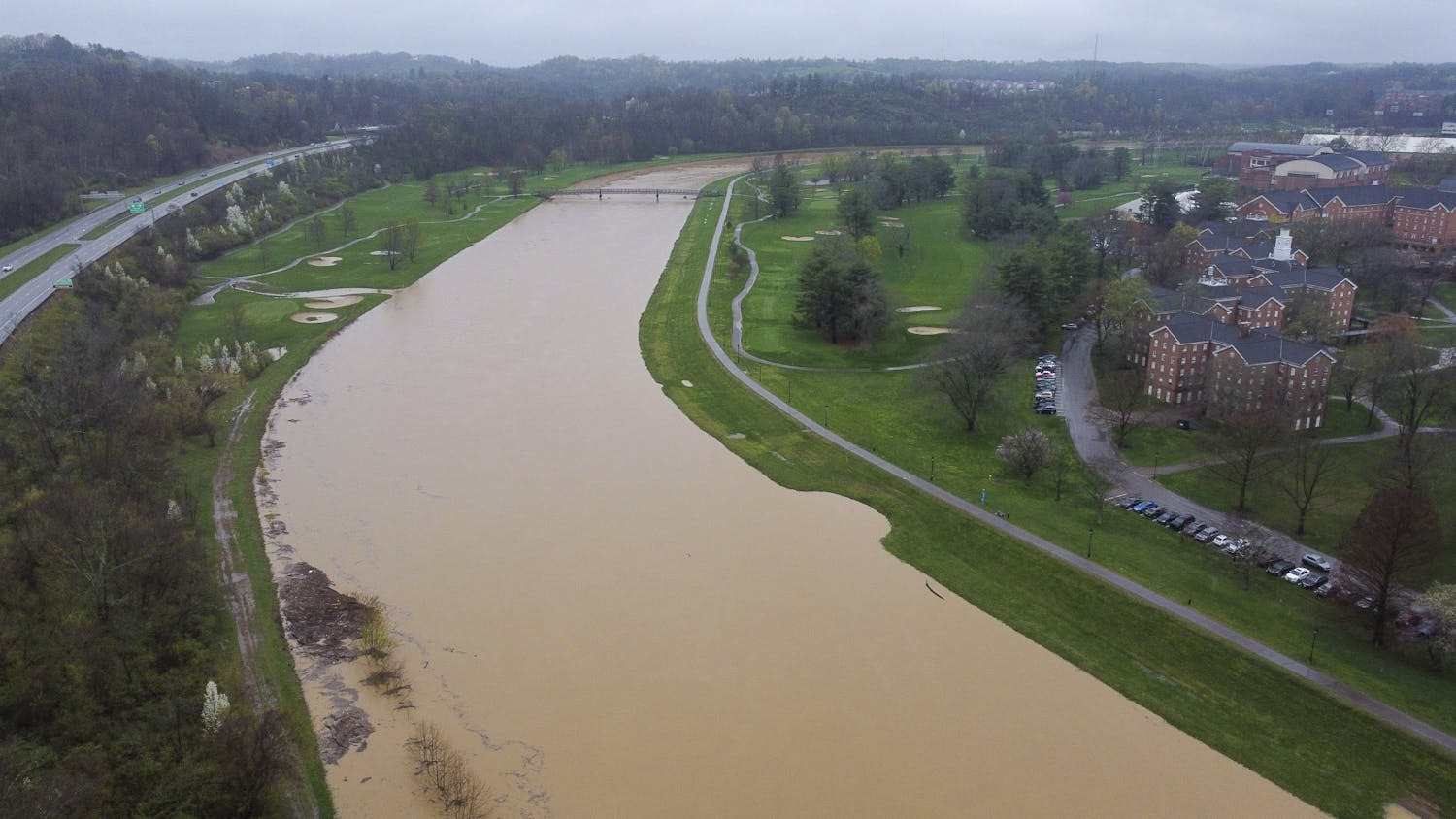NASA’s University Leadership Initiative, or ULI, has recognized Ohio University for its collaboration in autonomous navigation technology in avionics.
Housed under NASA’s Aeronautics Research Mission Directorate, the ULI program seeks innovative ideas that coincide with the organization’s aeronautics portfolio. OU and its partners in the project, including Reliable Robotics, received $6 million from ULI to fund new projects that support the NASA Aeronautics Research Mission Directorate, or ARMD, portfolio and the U.S. aviation community.
According to a university press release, a key goal for the project is to improve industry standards in automatic taxiing systems.
“So pilotless planes, they’ve made significant progress and demonstrations of doing this except for the taxiing to get to the runway,” Jay Wilhelm, director of the Avionics Engineering Center said. “So that’s what this NASA project is all about.”
Mina Cappuccio, the ULI’s deputy project manager, said NASA has four goals they look for in project proposals, including the one OU sent in a proposal under.
“Ohio University submitted their research idea under our topic one, which is safe, efficient growth in global operations,” Cappuccio said.
The proposal sent in by OU involves a team of six universities and three companies including OU’s Sabrina Ugazio, assistant professor in the Russ College of Engineering and Technology, Adam Schultz, research engineer in the Russ College, and Wilhelm.
The universities involved, aside from OU, include the Illinois Institute of Technology, Virginia Polytechnic Institute and State University, Virginia Tech Transportation Institute, Stanford University and Tufts University.
Companies such as Reliable Robotics, Veth Research Associates and Boeing are involved in the project.
Cappuccio said OU is working collaboratively with a number of these companies in areas such as hardware design and algorithm design.
Sabrina Ugazio said in the press release from Ohio University News that the research being done is potentially setting the stage for future breakthroughs.
“The research and flight tests will address navigation system integrity, improving safety and enabling the adoption of these technologies for safe, efficient autonomous aircraft operations,” Ugazio said in the press release.
Ugazio said the process for forming the project was based on creating a solution to the navigation problem of autonomous Unmanned Aerial Vehicles (UAVs) and then deciding how far they wanted to solve the problem.
“We don’t want to have this solution, but we need to know how good the solution is,” Ugazio said. “We need to know if the solution is reliable to be used for autonomous operations to reduce the risk.”
Cappuccio said the proposal goes through a two-step process where the proposals are reviewed and eventually narrowed down to be more specific regarding the planned research.
The program started in 2017 and is in its eighth year of awarding universities.
“(OU’s proposal) was part of round seven (and) we’re up to 30 awards that we’ve funded,” Cappuccio said. “We actually have 86 universities involved across these 30 proposals.”
Ugazio said she went to colleagues who have historically researched this topic to assemble the team of six universities and three companies.
Ugazio said OU, Virginia Tech and Veth will be in charge of testing and hardware while others will handle the data collected.
“They will start the simulations and then they will test and validate their algorithms with the infield data,” Ugazio said.
The objective of this project through the NASA ULI is to achieve a certain Technology Readiness Level (TRL)
Ugazio said the goal is to achieve TRL Level 6 through this project and research. NASA’s TRL webpage defines this level as a system/subsystem model or prototype demonstration in a relevant environment (ground or space).
Ugazio compared this to the blue dot users may see on Google Maps navigation. The blue dot with the immediate location of the phone user may have a lighter, wider circle around their approximate location.
“That indicates that the accuracy of your estimated position is quite large,” Ugazio said. “The softer light is not so good, there’s lots of impairments in the received signal, then you get lots of uncertainty.”
If the navigation is inaccurate it can cause the user to lose some time getting to their final destination regarding GPS but for autonomous operations, which is a larger error.
“What’s the maximum error that we can accept to still complete our operations safely?” Ugazio said. “In terms of when we talk about not just position, but obstacle detection and avoidance, that becomes even more tricky.”
Ugazio said when they want to use technologies such as these for autonomous operations, there is still a lot of work to do.
Wilhelm said the testing may take a long time, with safety being a top factor in the incremental testing planned for the systems.
“It’s small little baby steps, one thing at a time, over and over and over again and it isn’t until those things are proved out that advancements are really made,” Wilhelm said. “This project, that I’ve read, it’s like three or four years but by the end of it, there will be some sort of demonstration of a plane moving autonomously on the ground.”






